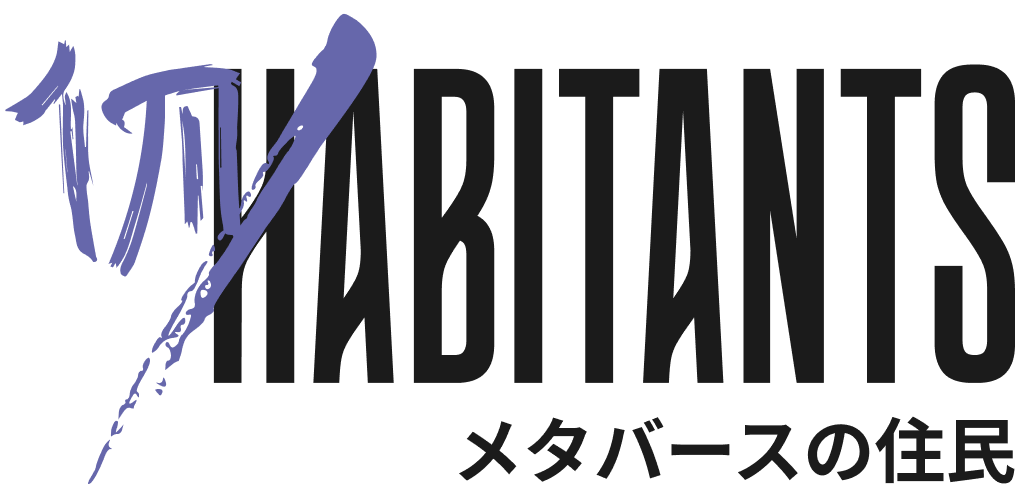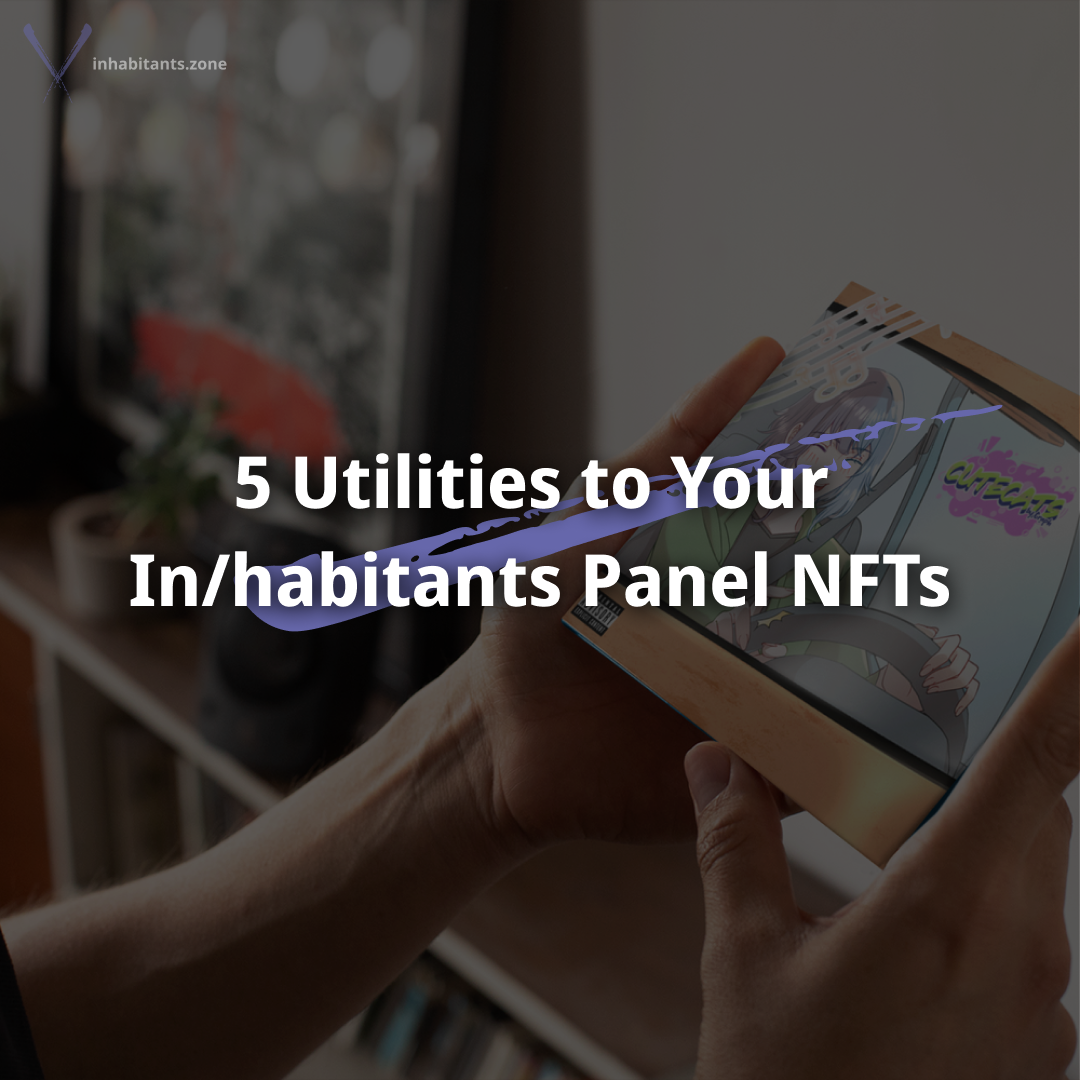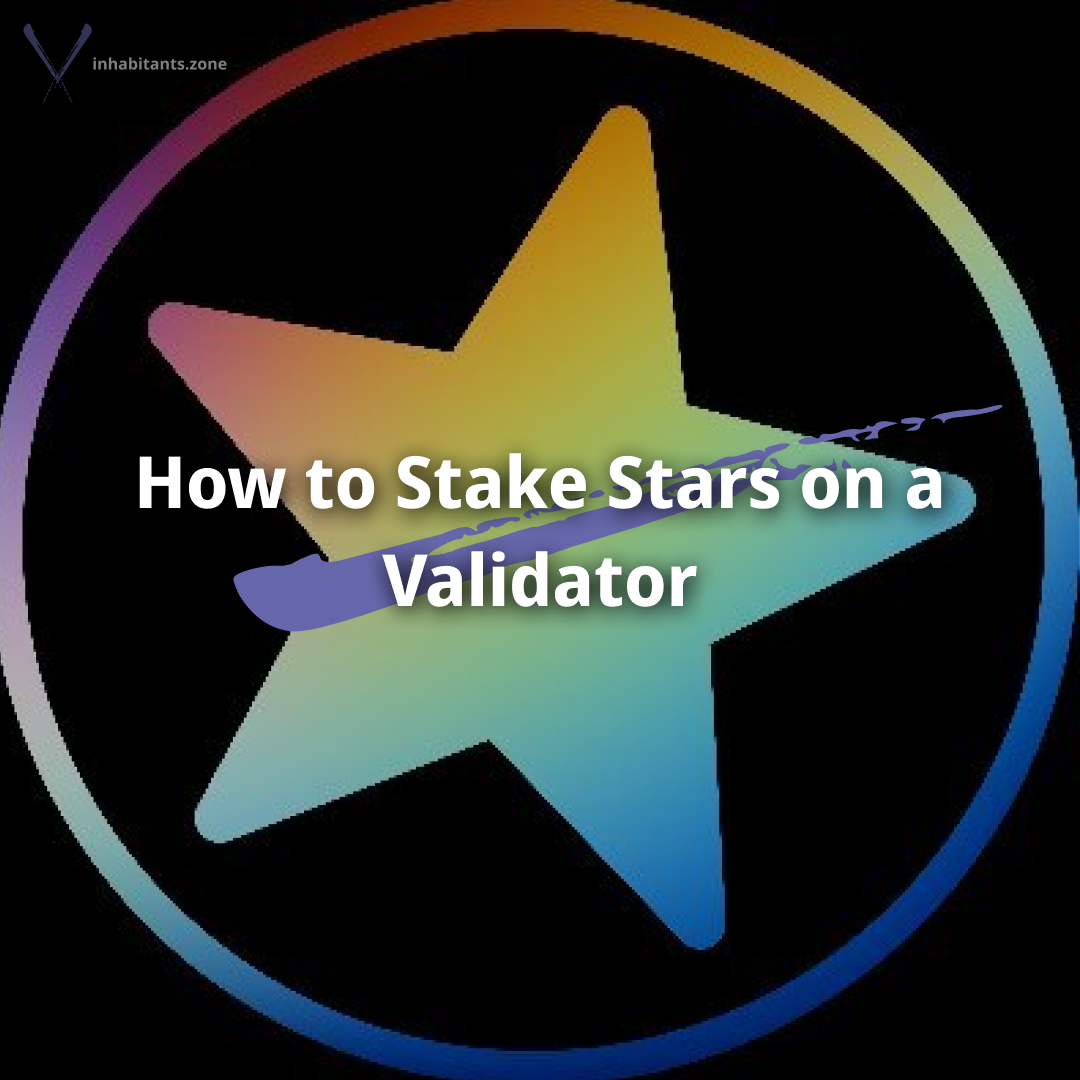Guide to Intellectual Property Rights
And how they affect Ai-generated art
We are not lawyers. This post is not a substitute for legal advice. We wanted to spread awareness about your rights as an artist. To find out how to protect your work in your country, speak with a local intellectual property rights lawyer.What are intellectual property rights?
“Intellectual property rights are the rights given to persons over the creations of their minds. They usually give the creator an exclusive right over the use of his/her creation for a certain period of time.” — World Trade Organization
How can you protect your artwork?
Artwork is copyrightable if it is your original work and fixed in a tangible object, such as paper, canvas, or a digital medium.
You own the copyright of your work as soon as it has been created and fixed in a tangible object. A copyright lasts for the artist's life, plus 70 years after the artist's death.
The copyright owner of a piece of artwork has the exclusive right to make copies, sell or distribute copies, prepare derivative works based on the copyrighted artwork, and publicly display the artwork.
You don’t have to register your copyright with the U.S. Copyright Office to receive copyright protection. However, registration has several important advantages:
• Registration establishes a record of your copyright ownership.
• You must register before you can sue someone for copyright infringement.
• If you register your copyright within three months of publication or before an infringement occurs, you are entitled to statutory damages and your legal fees in a copyright infringement lawsuit. Statutory damages allow you to recover money without proving the monetary value of your loss or the infringer’s profits.
• If you register your copyright, you can also register with the U.S. Customs Service to receive protection against imports of infringing copies.
What types of artwork are entitled to copyright protection?
Many types of artwork are entitled to copyright protection, including:
• Artwork that is applied to fabric, T-shirts, or other clothing
• Decals and stickers
• Cartoons and comic strips
• Collages
• Drawings, paintings, and murals
• Greeting cards, postcards, and stationery
• Jewelry designs
• Patterns and kits for sewing, knitting, crochet, and needlework
• Original prints and posters
• Sculpture
— Legal Zoom
Theft vs. Derivative vs. Transformative
Theft of your artwork occurs when someone takes an exact or very similar copy of your work and uses it to make a profit.
A derivative work is a work, fixed in tangible medium that includes elements of an original, previously copyright-protected work. The original work is often referred to as the original, parent, or underlying work, and the work that incorporates it is referred to as the derivative.
Transformative works make use of copyrighted material, but do so in a way that the resulting work is fully copyrightable.
— Foundry Law Group
However, what counts as transformative work can be a gray area. Check out this article to find out why.
Where does Ai-generated art come from?
“To create AI art, artists write algorithms not to follow a set of rules, but to “learn” a specific aesthetic by analyzing thousands of images. The algorithm then tries to generate new images in adherence to the aesthetics it has learned.” — American Scientist
Ai art generators do not copy or steal individual art pieces but rather imitate a particular art style based on many different images.
Can Ai-generated art be used to make NFTS?
Short answer, yes.
Some platforms specialize in Ai-generated NFT art. Each Ai-generation company has rules about whether users can sell its outputs. One example is Midjourney, which allows paid users to use their creations for commercial purposes. However, Midjourney retains all intellectual property rights. If a user makes more than 20k a month with an NFT made through Midjourney, they will need to pay 20% or have a direct partnership with them.
Can your art be stolen and made into an NFT?
Legally, your artwork cannot be stolen and made into an NFT. However, that does not stop scammers from trying. The best way to protect your work is by registering your copyright with your country's Copyright Office (if it has one) to receive copyright protection. Make sure to specify that you are the sole copyright owner. Doing so will ensure that if someone does steal your art, you can take them to court, and your legal fees will get covered. If you're unsure how copyright works in your country, speak with an intellectual property lawyer from your area.
Found this article helpful?
Disclaimer: The views and opinions expressed in this content are those of the speakers and do not necessarily reflect the views or positions of any entities they represent.








